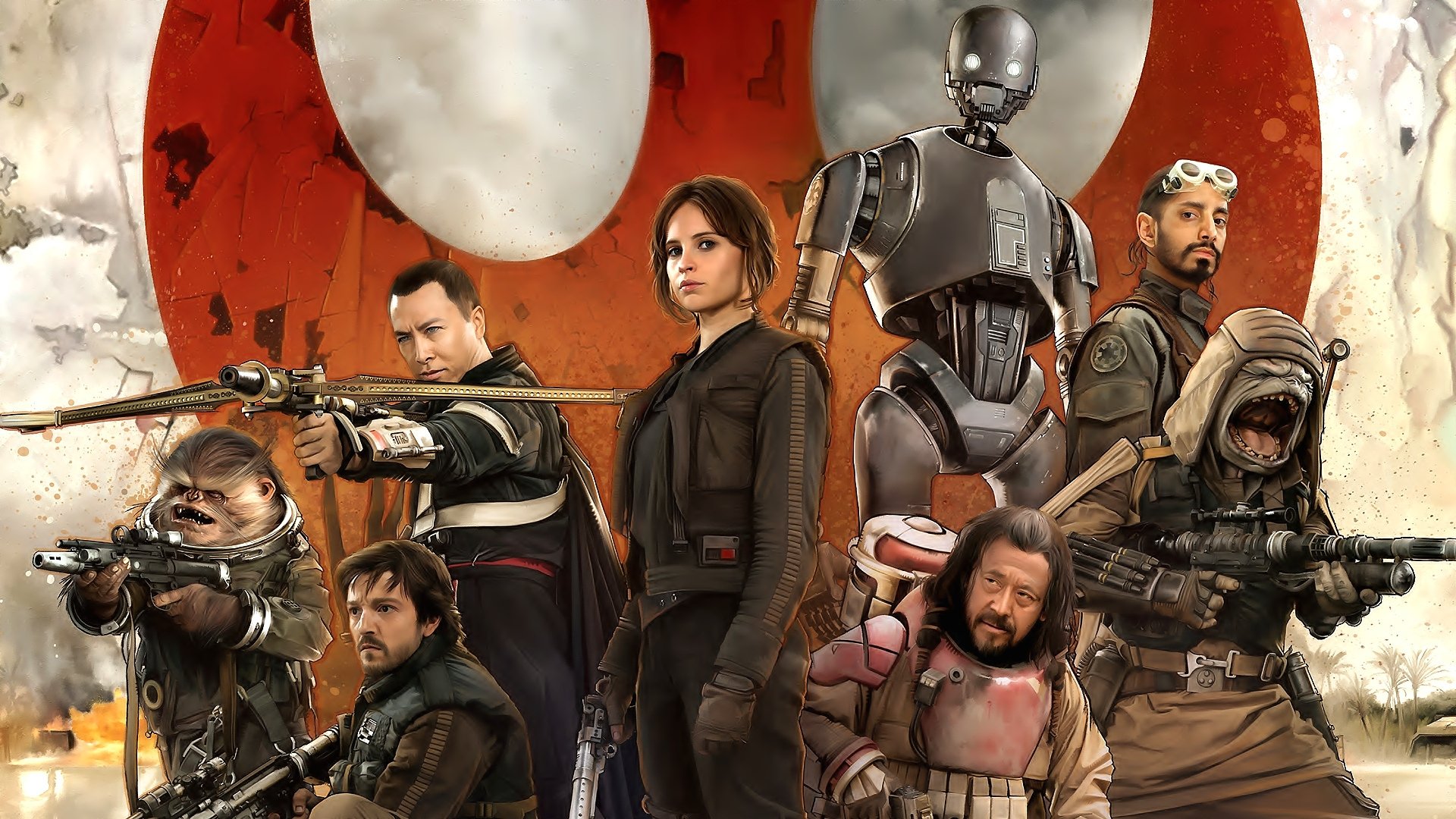


As a stand-alone film, it works to expand on the greater storyline, and in this case shows the rebel forces fighting in the trenches of this war against evil. Within the greater Star Wars canon, Rogue One fills in the gap between The Revenge of the Sith and A New Hope. And though it's long overdue, it represents a changing Hollywood, and a more globalized film industry. This is the Star Wars film we've always deserved, one that more closely resembles the mix of people found on our own little planet.

Consider the team that makes up the titular squad that valiantly takes on the mission to steal the Death Star plans: It's led by English actress Felicity Jones and includes Mexican-born actor Diego Luna, Chinese martial artist Donnie Yen, British breakout star Riz Ahmed (best known for portraying the Pakistani-American student in The Night Of), and Chinese actor Jiang Wen. While the action is dazzling and the nostalgia rampant and heartwarming, Rogue One: A Star Wars Story's crowning achievement is in assembling the franchise's most diverse cast yet. After being dormant for a decade following its underwhelming prequel films, Star Wars returned last year with a cast that better reflects our actual world with The Force Awakens-where men, women, and people of color were heroes. But for most of Star Wars' existence, the role of the hero was predominately reserved for the white male. For the last 40 years children have grown up picturing themselves in the Star Wars universe-learning to become Jedi, piloting X-Wings, firing lasers, and taking on the Galactic Empire.


 0 kommentar(er)
0 kommentar(er)
